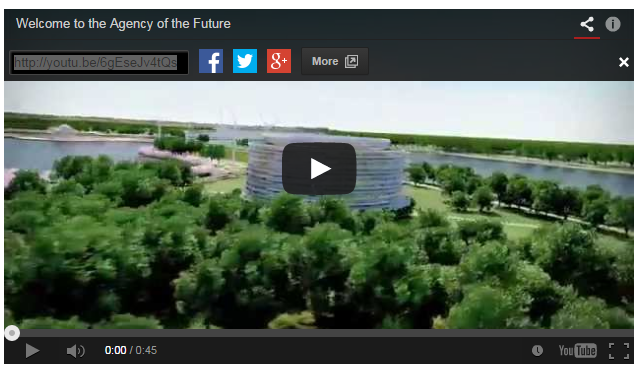From time to time GovEvents will come across information we feel our members and audience would benefit from. Here's something we wanted to share:
Originally posted on WashingtonPost.com
In the best of times, selling to the government is not an easy task. In the worst of times, it's even harder.
As federal budgets shrink and competition intensifies, contractors are battling it out not only for dollars, but also for the attention of their government customers.
That's sparked a slew of creative marketing campaigns over the past couple of years, featuring virtual conferences, 3-D animation, apps, e-books and the increased use of social media. These are not necessarily groundbreaking ideas in the Internet age, but for the world of government contracting, they mark a shift from the old way of doing business.
Traditionally, contractors set up booths at trade shows to interact with government officials and keep them in the loop about new products or technologies. In fact, that was the dominant method of communication between industry and government up until a few years ago.
But as budget constraints have drastically cut down the number of events that federal workers attend, companies have had to come up with alternate ways to reach them, marketing professionals said.
The share of federal workers who didn't go to a single trade show, conference or industry event has risen every year for the past four years, according to a study by Chantilly-based research firm Market Connections. Fifty-two percent of workers surveyed said they didn't physically attend any events in 2013, up from 38 percent in 2011.
More than half of agencies said they were hosting fewer events in 2013 than the previous year, according to a separate poll conducted by Market Connections and Boscobel, a Silver Spring marketing company. The same poll found that 77 percent of agency respondents and 91 percent of industry respondents thought companies would need to become "more creative" in informing and educating government customers.
The way federal workers look for information and consume content is also changing how contractors market to them, experts said.
For example, government buyers are just as dependent on their smartphones and tablets as other consumers, said Monica Mayk, marketing director at Market Connections. And while they still read print publications, those in government also seek information online, she said.
Essentially, procurement officers are just like regular shoppers. They like doing their own research online, whether it's on a desktop or on phones and tablets.
"This means contractors need to pay more attention to optimizing content for mobile and making sites responsive," Mayk said.
Perhaps the biggest shift in contractors' strategy is promoting the notion that they are partners with the government, instead of just pitching products to them, marketers said.
"We're advising our clients to help customers solve problems," said Matt Donovan, vice president of the government practice at Merritt Group, a Tysons Corner-based marketing firm. "Government buyers aren't looking for product pitches, they're looking for solutions: How is this going to save me money? How will this help me meet requirements?"
So companies are investing more effort in niche blogs, Web sites or social media platforms such as LinkedIn to offer government officials insight on a particular topic or present ideas that will address future needs. It's also a way to show off their expertise. In marketing jargon, these efforts are known as "content-generation" and "thought leadership."
Companies that offer up thought leadership use it as a way to build goodwill, said Mike Carberry, a marketing professor at American University's Kogod School of Business.
The challenge is differentiating yourself from the pack at a time when "everybody's doing it," he added.
Here's a sample of what some companies are doing to reach out:
'Futureagency'
Before it was rebranded Intel Security, software security company McAfee started an online campaign that envisioned a government "agency of the future."
The idea behind the project was to explain the security concerns organizations might face down the road and offer solutions, said Hope Jones, Intel Security's director of public sector marketing.
The marketing team partnered with an external company named Bluetext to build a Web site called Futureagency.com that went live in April 2013. On the landing page, visitors are shown an introductory video featuring a glassy, Jetsons-style office building in (future) Washington, complete with sweeping camera views and 3-D effects.
Potential customers can choose between three virtual conferences to attend. Upon making a selection, viewers are transported to different levels within the building to hear McAfee executives talk about the company's software products.
To spread word about the project, the marketing team handed out fake building-access smart cards at trade shows with a link to the Web site. In addition, Intel partnered with the Wounded Warrior Project by agreeing to donate $1 for each of the first 10,000 visitors to the Web site.
The campaign's goals were to reach out to government workers right at their desks and position Intel as "a thinker on security," Jones said. The Web site generated hundreds of leads from government IT decision makers during the first three months of the campaign, according to Bluetext.
Illustration by Lincoln Agnew for Capital Business





